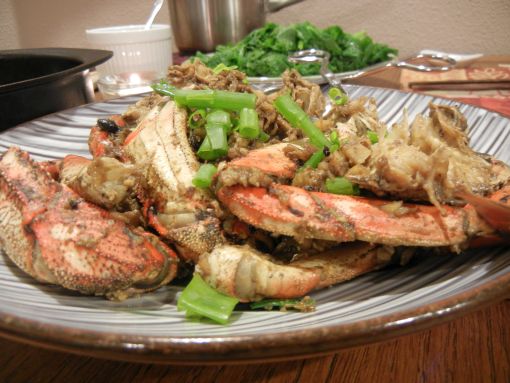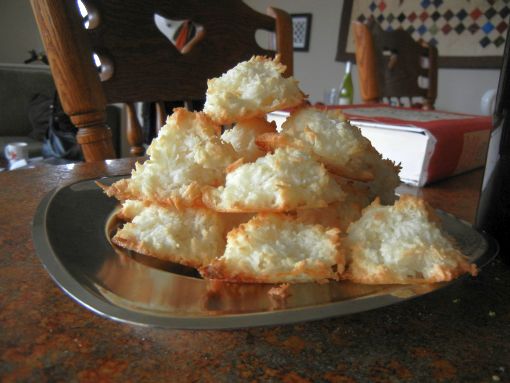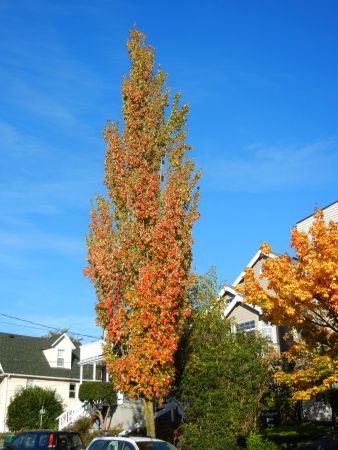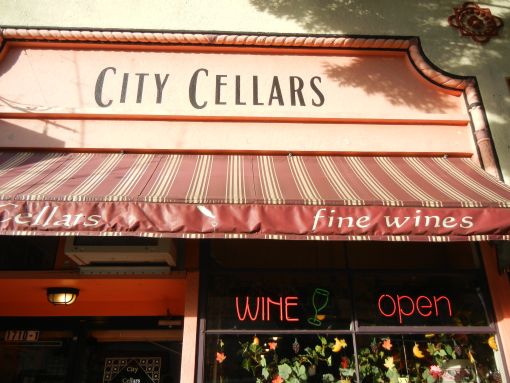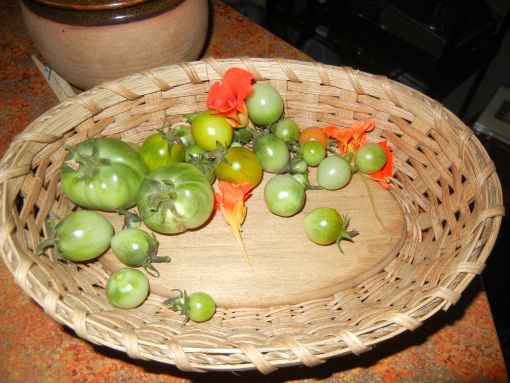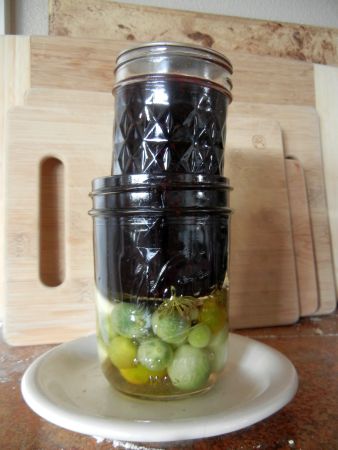
(Unrelated but pretty picture: a pot of green tea, tied together to look like a little flower.)
I have always adored rice noodle dishes in restaurants, but I never had much success making them on my own. At Thai and Cambodian restaurants the rice noodles are flexible and elastic, soft yet chewy, and individually coated in sauce. They do not stick together, and they stretch pleasantly when you lift them.
The stir-fried rice noodles that I made, on the other hand, were always gummy and starchy. Even when I added lots of sauce, they would seem dry. They would stick together, and they did not become wonderfully coated in sauce. The dishes usually tasted good, but the texture was severely lacking.
But never again! I know the secret now.
Toby and I got a great Vietnamese cookbook from my parents for our birthdays (thanks!), and the author explains how to cook rice noodles. Bring water to a hard boil, she says, and drop in the noodles. Leave them in until they have the texture you desire. Drain them in a colander. Then, and this is the interesting step, you flush them with lots of cold water to stop the cooking and rinse off the extra starch. Amazingly, this basically solved my problems. The dish I made tonight was excellent, and had almost the taste and texture of a restaurant dish.
I made a simple noodle stir-fry in the style of the pad thai from this blog, but not exactly the same. I’d made seitan earlier today, so I chopped it up and fried it with some scallions in a wok to start. (I made one portion of the dish at a time in the wok, since the cooking took mere minutes and there was more room in the pan this way.) Then I added a handful of drained, rinsed rice noodles. Finally, I poured in a generous amount of sauce, which I had warmed up on the stove. The sauce for two portions consisted of 6 tablespoons of tamarind concentrate, a quarter cup of fish sauce, a bit less than a quarter cup of palm sugar, and a small blob of chili-garlic sauce. I meant to add ginger but I forgot.
I tossed everything together in the 350° [electric] wok for a minute or two and served it with a garnish of scallion tops and cilantro. I meant to add wedges of lime but, again, forgot.
It was perfect. I am thrilled. I would have taken a picture but we devoured it way too fast!











